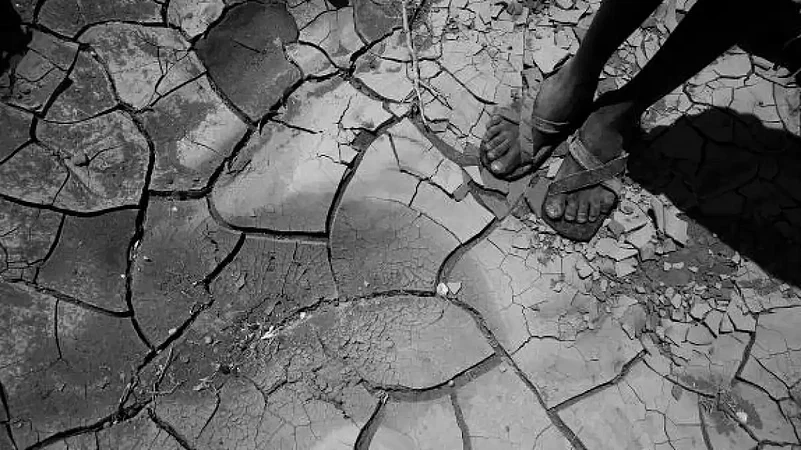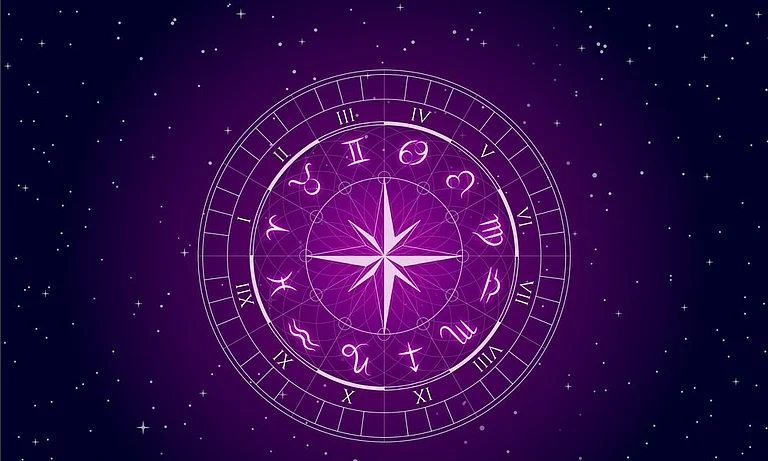The Chinese balloon incident in the United States that caused an uproar in the country is not the opening salvo of Cold War 2.0. It is a part of the series of incidents that are preludes to this putative confrontation between the United States and China. On the face of it, the balloon incident suggests a page from a spy thriller- a balloon from and of China floats into the United States; it is shot down and probed for espionage themes. There is furore in the United States and there is speculation. But it would appear that this saga is not about classic espionage; the aim and the premise appear to be political. Amidst tensions between the superpowers, the floating balloon appears to be premised on needling the United States, a country that is and remains viciously polarized. The real reason(s) for the incident may have been to observe and analyze the reaction of the United State’s political class- something that assumed significance against the backdrop of the country’s Secretary of State Anthony Blinken’s visit to China.
Admittedly, this is speculation too but it appears to be more plausible than the espionage theory. The reasons are as prosaic as these are profound; the Chinese state is a hoary one that has a rich and fecund history of statecraft honed in modern times by the incorporation and use of technology and other forms of sophisticated statecraft. It stretches credulity to believe that the Chinese would be as amateurish as the espionage theory regarding the balloon incident is concerned. In a sense then, the balloon saga, in itself is not significant. What is important (sadly so) is that it portends a confrontation of the Cold War type between the United States and China which will naturally draw in other powers- small, middle, and so on-into it.
This is as ominous as can be: it undercuts the ‘peace dividend’ aspiration after the end of Cold War 1.0, gives short shrift to the promise and potential of globalization- poverty alleviation, technological transfers at a scale that redound to the benefit of the world at large- and herald a world that is militarized to the hilt. In this schema, the famed ‘butterfly effect’ wherein a small disturbance in a peripheral part of the world can carry massive ripple effects that shake up the whole system- a condition that can lead to World War 3 and actually annihilate mankind. Prudence and wisdom then suggest that the drift to the putative Cold War 2.0 be halted.
But sadly, this is impossible.
The history of international relations suggests that a rising power always challenges the hegemon of the day and the status quo. The United States-China confrontation falls into this historical pattern. Known as the ‘Thucydides trap’ named after the famed chronicler of the Peloponnesian war, the real and existing danger is falling into this trap. Grist to the mill of this alarming condition is added by the fact that China’s history, its evolution, and that of the United States are like chalk and cheese. Both have great power aspirations to lead the world. This then is a zero cum conflict.
If the direction and denouement of the conflict is an inevitability, this bodes ill for humankind and in an extreme scenario its survival. Something has to, needs to be done to stem it. The question is what?
If, again, the conflict is inevitable, then what can be done is to moderate its tone and tenor. The reference here is not to ‘hot lines’ and improved communications even at lower levels of military command and control systems and people but to actually devise and find a way or an issue where the two superpowers see eye to eye in an idiom that leads, in the least to tangential co-operation. The issue obviously has to be one that affects significantly both countries and the world at large. Is there such an issue on the horizon?
Yes. Indeed.
The issue that can lead the entire mankind into an abyss is climate change. If it goes unaddressed then no military, nuclear, or peace doctrine can save the planet and its inhabitants. The slow but inexorable grind of climate change will lead to ‘Mutually Assured Destruction' in a way that needs no further explanation. It is in this issue and its interstices that China and the United States can tangentially cooperate. The hope is that it will moderate and temper the rough edges of Cold War 2.0. But this requires not only an act of will by both parties but a diplomacy that elides over the militarized nature of the emerging Cold War. In other words, it needs leadership and sagacious statecraft by both the United States and China. But, as the balloon saga among other things demonstrates, the relations between the two countries are tense and fraught. Another incident that is more potent will solidify Cold War 2.0. But as long as there is hope, there is scope for redemption. The expectation is that some bold and beautiful leadership emerges on and from both sides, thinks clearly and well, and considers the larger canvas. And the hope is that both China and the United States have a distinguished history, tradition of statecraft and both can draw from very deep reservoirs of diplomatic talent. If, however, truculence and itchiness; plus ignorance- another theme that both countries also have in abundance- become dominant paradigms, then there will, with the passage of time, be nothing left to fight over!






















